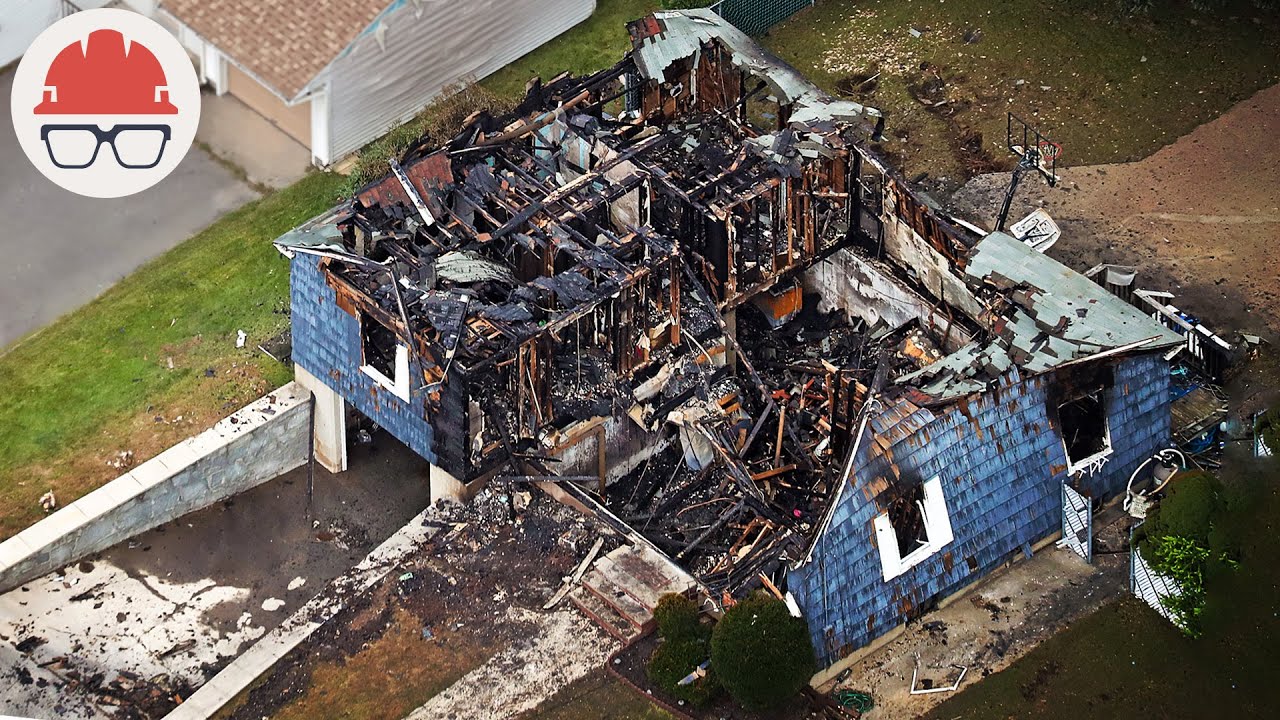Here is more on the Merrimack Valley, Massachusetts gas explosions. On the afternoon of 2018-09-13, more than 80 explosions and fires broke out almost simultaneously in the north Massachusetts towns of Andover, North Andover, and Lawrence. Firefighters responded to the 10 alarm (the maximum) event, and at one point were fighting 18 fires simultaneously. Between 60 and 100 houses were damaged or destroyed, 30,000 people were forced to evacuate the area, one person was killed, and more than 25 injured. Total property damage was estimated in excess of US$ 1 billion.
The cause? In the process of replacing century-old cast iron pipes in the towns’ natural gas distribution with PVC plastic pipe, the 0.035 bar (35 millibar) downstream iron distribution pipe was swapped over to the new plastic pipe connected to the pressure regulator that reduced gas pressure to to 35 millibars for distribution to individual customers. But the sensor pipes that controlled the primary and backup pressure regulators had not been moved to the new plastic pipe—they were left attached to the iron pipe which, after the cut-over, was not connected to the gas feed from the regulators. Consequently, after the swap, the regulators “saw” zero pressure on their output side and attempted to compensate by opening the feed from the high pressure input all the way. This flooded the distribution lines to gas users in the towns with gas at a pressure of 5 bar, more than 140 times greater than the equipment connected to them was designed to receive. Not surprisingly, things started to break and leak gas, everywhere and simultaneously. Add an ignition source and disaster ensued, with fires fed by abundant high pressure gas until the feed was shut down.
An investigation by the U.S. National Transportation Safety Board (which is responsible for pipeline accidents) concluded the root cause was incompetent engineering and planning of the swap to the newly-installed pipeline, combined with lack of management supervision of the process of the change-over. As a result of the disaster, 77 km of installed gas pipeline had to be dug up and replaced. Restoration of gas service did not occur to all customers whose houses were still standing until mid-December 2018.
Update 2023-05-18 16:30 UTC: Modified first paragraph to correct error noted in @pturmel’s comment below. The pipe that was swapped out was the distribution pipe downstream from the regulators. The pressure sensor pipes were left attached to the iron pipe and not moved, as they should have been, to the new plastic pipe. So, when gas feed was cut to the now-obsolete iron pipe, both the main and backup pressure regulators saw zero pressure on the sensors and continued to flow gas into the plastic pipe, resulting in the overpressure and consequent disasters.
